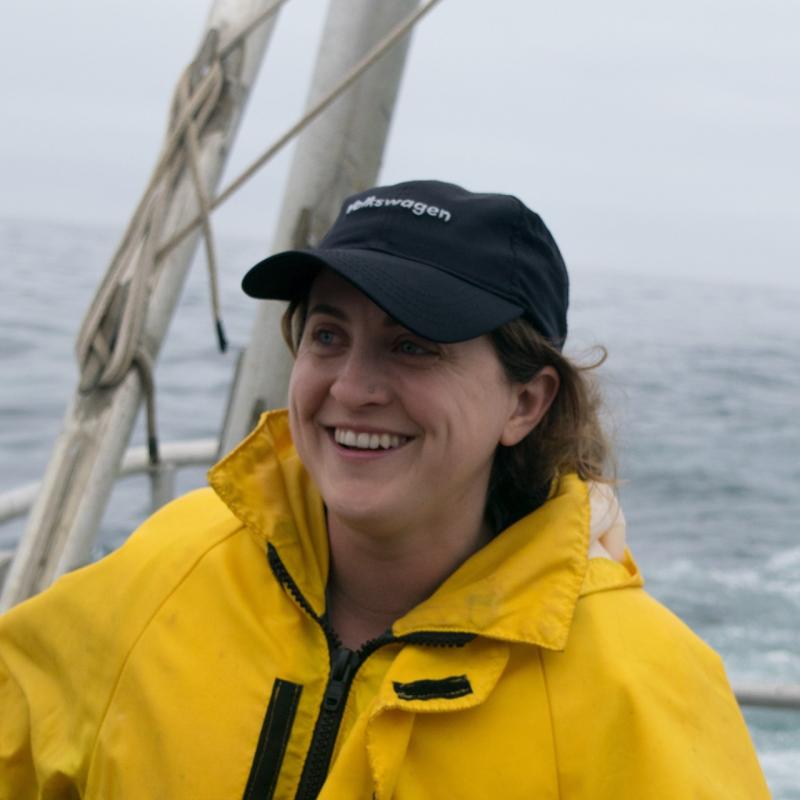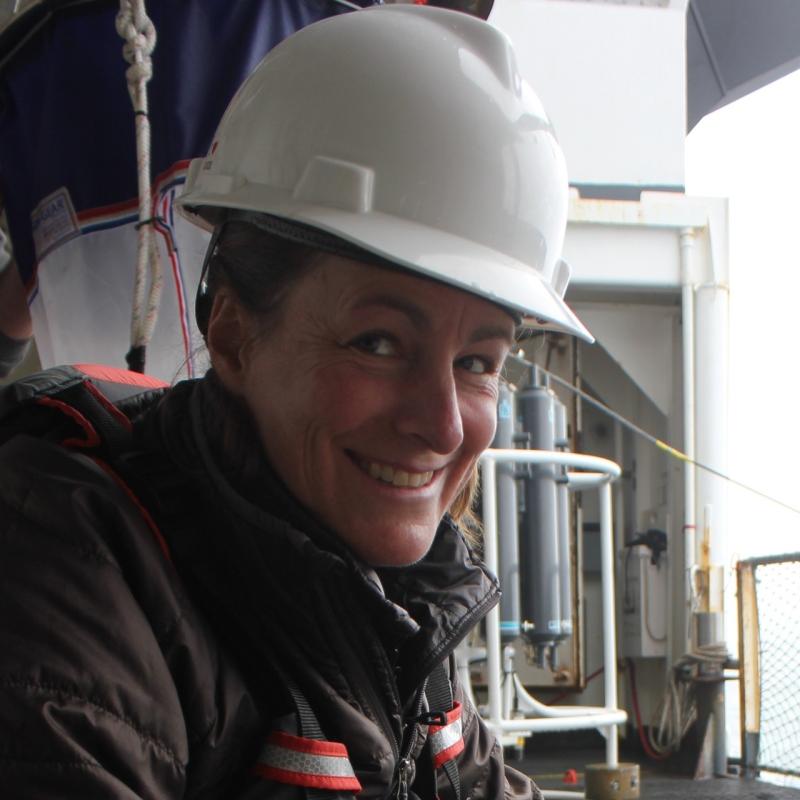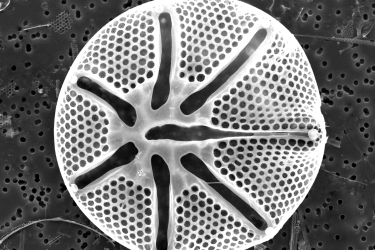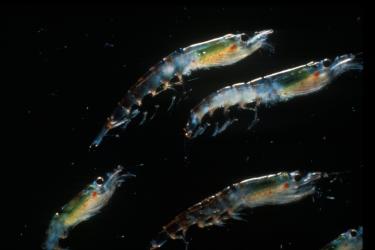We've set sail again for another 10-day NCC Ecosystem research survey. This fall survey is occurring during an auspicious time; the fall transition from upwelling to downwelling and the beginnings of a marine heatwave in the North Pacific.
Our first transect to sample is also one of our most heavily sampled over the past 20+ years- the Newport Hydrographic Line. We regularly sample this line out to 25 miles from shore, but when we are aboard a larger vessel, we sample out to 200 miles which is what we've been doing over the past two days.
Plankton samples were clear and sparse from nearshore to offshore, not unusual for fall sampling. Chaetognaths were abundant in the most nearshore stations, some euphausiids were collected on the shelf break, and smaller gelatinous taxa were found in oligotrophic waters offshore.

Plankton samples ordered from nearshore (left) to offshore (right). Top row are samples from 1–35 miles offshore and the bottom row are samples from 45–200 miles offshore. Photo: NOAA Fisheries.
Surface temperatures were quite warm along the entire transect from the beach out to 200 miles, averaging 18°C. The water has been blue and clear across the entire transect.

Temperature contours over the upper 150m from 1–200 miles off Newport Oregon from Fall 2014–2019. During Fall 2014, the Warm Blob inundated the Oregon shelf. Surface temperatures during that survey were 17°–18°C along the entire transect. During 2015 and 2016 the warm water (16°C) layer had deepened and occupied the upper 50m. During 2018, the temperature was 16°C in the upper 20m and cooler on the shelf, indicative of residual upwelling. During this survey, we again are seeing very warm (18°C) temperatures in the upper water column over the entire transect.
We are currently experiencing northerly winds so it will be interesting to see how the hydrography changes when we sample the Newport Hydrographic Line again at the end of the survey.



